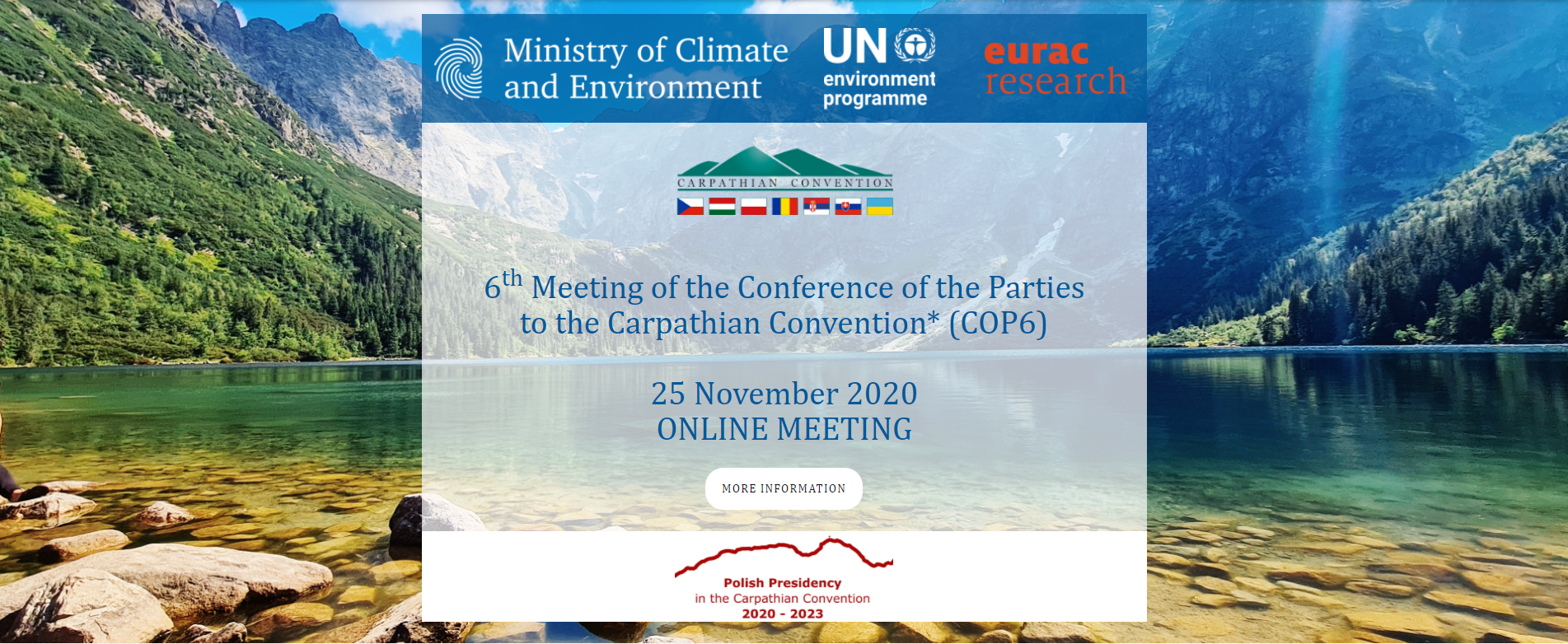ConnectGREEN - Parties of the Carpathian Convention adopt the International Action Plan on the Conservation of Large Carnivores and Ensuring Ecological Connectivity in the Carpathians
30-11-2020
The Sixth Conference of the Parties to the Convention for the Protection and Sustainable Development of the Carpathian Mountains met on 25 November 2020 -- for the first time online.
The parties to the Carpathian Convention adopted a number of important documents to one of which ConnectGREEN Project Partners made substantial contributions, the International Action Plan on the Conservation of Large Carnivores and Ensuring Ecological Connectivity. Other important documents are the Joint Strategic Action plan (2021-26) for the implementation of the Protocol on Sustainable Transport and the Long-term Vision (2030) Toward Combating Climate Change in the Carpathians.
In their decisions, the parties explicitly recognised and thanked project partners of ConnectGREEN, SaveGREEN and TRANSGREEN for their activity and support, particularly with regard to the conservation of large carnivores, identification and conservation of ecological corridors, and promoting integrated approaches to transportation and infrastructure development.
The Conference of the Parties, which takes place every three years, brings together the parties to the Carpathian Convention from the Czech Republic, Hungary, Poland, Romania, Serbia, Slovakia, and Ukraine as well as observers, including the Convention on Biological Diversity, United Nations Environmental Programme, the European Union as well as WWF-CEE. This year's event marked the hand-over of the presidency of the Convention from Hungary to Poland. The meeting had been planned to take place in Rzeszow, Poland in September, but was moved online due to the Covid-19 pandemic. Approximately, 120 representatives of the governments and observers connected online.

The Carpathian Convention is one of the only conventions in the world dedicated to the protection of a mountain area. The Carpathian Mountains are home to many of Europe's greatest natural treasures, including primal and old-growth forests, wilderness areas, and the bulk of the continent's populations of bears, wolves, and lynx.
